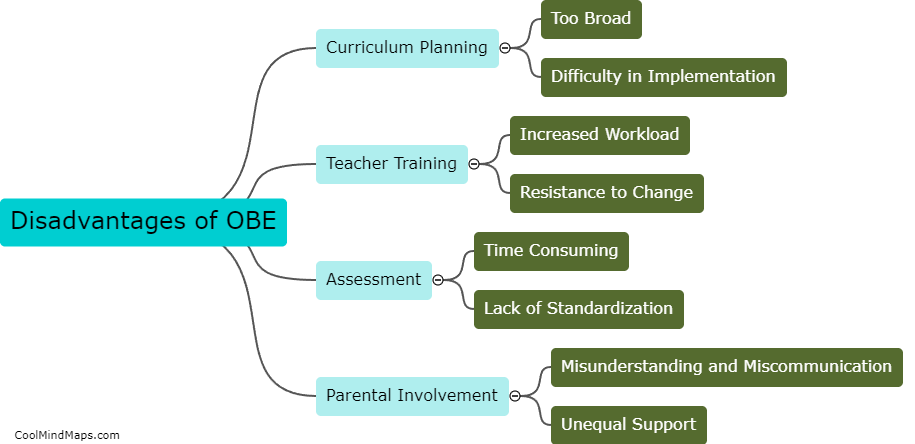How does landscape architecture impact the learning experience?
Landscape architecture plays a crucial role in shaping the learning experience by providing well-designed and aesthetically pleasing outdoor spaces for educational institutions. These thoughtfully designed landscapes can have a direct impact on student engagement and performance. By incorporating elements like green spaces, gardens, and outdoor classrooms, landscape architecture creates opportunities for experiential and hands-on learning. A well-planned landscape also enhances the overall campus ambiance, creating a serene and inspiring environment that promotes relaxation, creativity, and productivity among students. Additionally, these outdoor areas offer opportunities for social interaction and connection, encouraging collaboration and communication among students. Overall, landscape architecture significantly contributes to the learning experience by fostering a harmonious relationship between nature and education, resulting in improved academic outcomes and a positive overall campus environment.

This mind map was published on 16 November 2023 and has been viewed 99 times.











